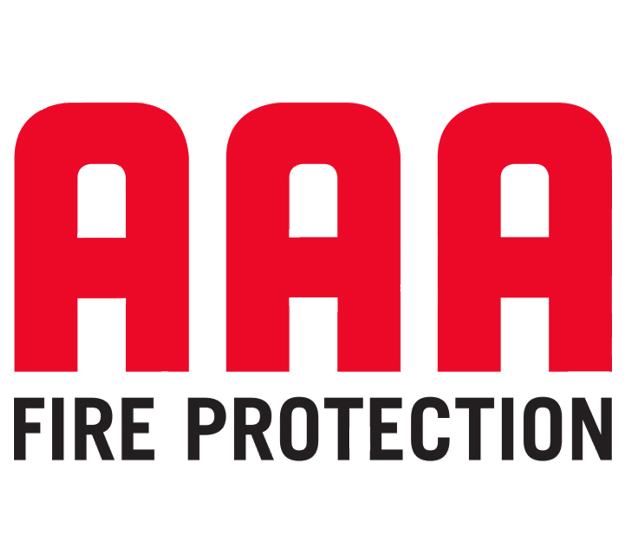Fire Hydrants are critical to your last line of defense: fire fighting. If the most serious circumstances arise, ensure that your local fire department can do their jobs effectively and reduce damage to your assets.
Fire Hydrant Testing
We Make Hydrant Maintenance Simple
As experts in fire safety, AAA Fire Protection will ensure that your fire hydrants are functioning and compliant with local fire codes. We provide regular maintenance and testing, and our technicians are always happy to chat about the particular needs of your building. While we don’t install fire hydrants, we are prepared to service private hydrants in all manners necessary.
Fire Hydrant Flow Testing
Testing your hydrant is an important process, and with help from AAA Fire Protection, it’s fairly easy, too. At your testing appointment, one of our technicians will take approximately 30 minutes to assess your hydrant’s valve operation and drainage. Whatever your jurisdiction’s specific requirements, we will ensure your hydrant is up to code.
Our Testing Protocol Includes:
- Valve Operation Testing
- Proper Drainage Inspection
- Flow Testing
WHY AAA FIRE
Our story began in 1954. Family-owned and operated with headquarters in Seattle for over 60 years, we’ve grown to become a name synonymous with fire protection in the Northwest. Providing one of the most comprehensive service and product offerings in the region, backed by the largest fleet of service technicians, we stand ready.
FREQUENTLY ASKED QUESTIONS
ARE FIRE HYDRANTS LABELED WITH THE DATE OF LAST INSPECTION?
Yes. This makes it easy to plan your next inspection date. It’s important to adhere to the listed testing date to stay in compliance with your jurisdiction. Furthermore, it is not always possible to determine externally if your hydrant requires maintenance.
DOES INSPECTION/MAINTENANCE CHANGE DEPENDING ON THE TYPE OF HYDRANT?
There are only a few different models of fire hydrants, and maintenance and inspection does not change between models. As a result, your inspection appointment should follow the same format regardless of the type of hydrant you own.

